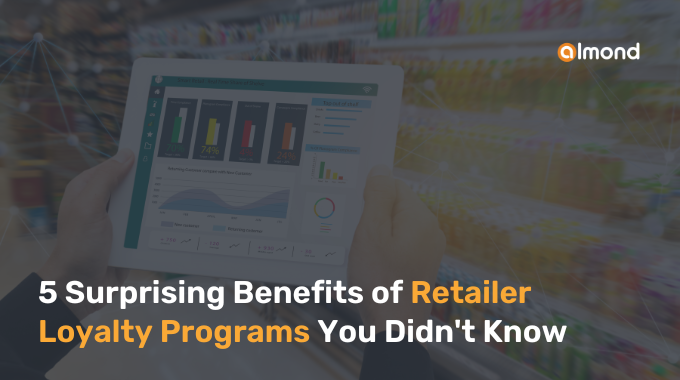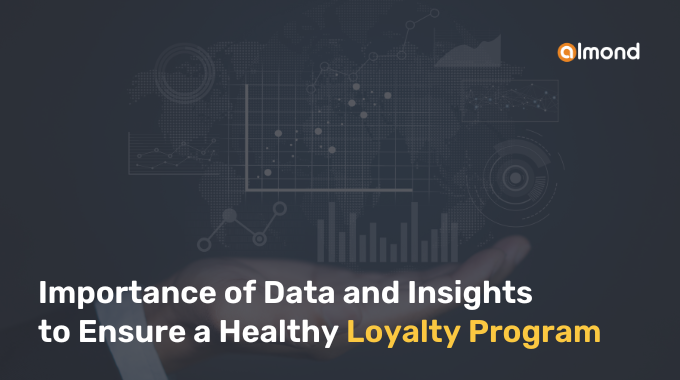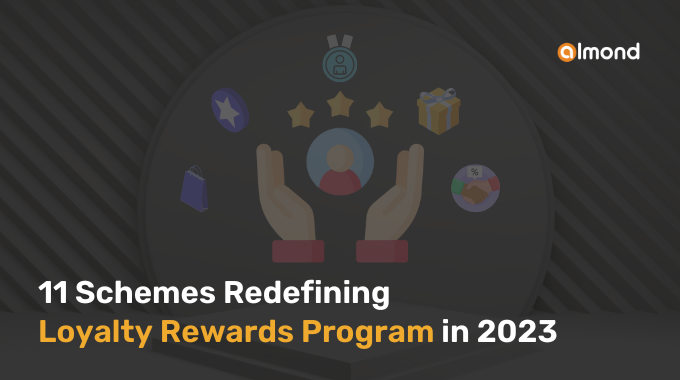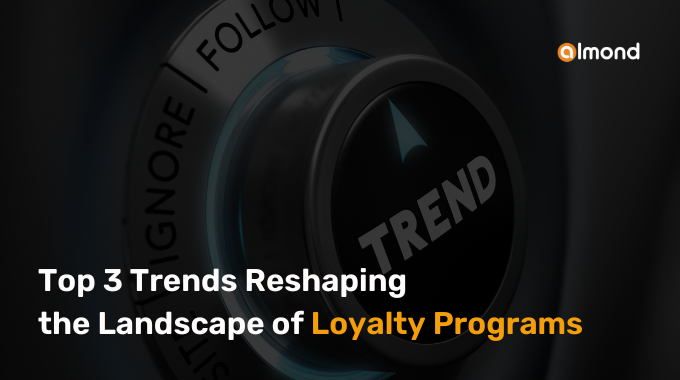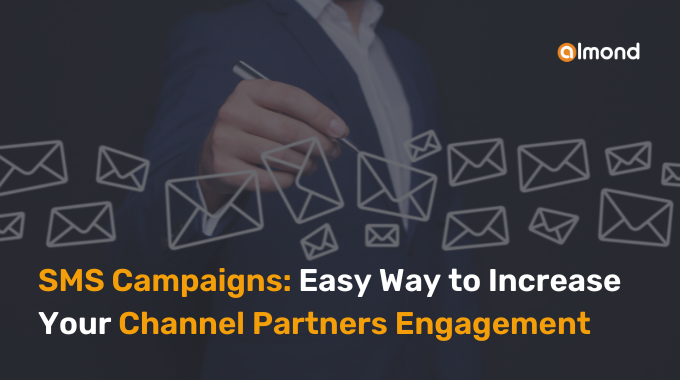In today’s retail world, businesses constantly strive to increase their customer base and retain existing customers. One way to do this is through loyalty programs. These programs offer customers rewards for their loyalty and encourage repeat business.
Retailers are businessmen who always consider what is best for them and their customers. So, they have different requirements. These requirements differentiate them significantly. These differentiations are based on many factors. So, there are many things about retailer loyalty that brands may need to learn. This blog will discuss five things you didn’t know about the retailer loyalty program and its members.
Likely to spend more money
Retailers in loyalty rewards programs are more likely to spend more money than non-members. According to a study by the Nielsen Company, loyalty program members spend an average of 13% more per visit than non-members. It is because loyal members feel connected to the brand and are more likely to make repeat purchases.
In addition, loyalty programs often offer rewards for spending more money, incentivizing members to spend more.
| “Six-in-ten retailers have used or plan to use buy now, pay later services, compared to 13% not enrolled in loyalty programs.” |
To take advantage of this, brands should consider offering rewards encouraging retailers to spend more money. For example, brands can offer bonus points or discounts to reach a certain spending threshold. It increases revenue and strengthens the relationship between the retailers and the brand.
Likely to Recommend Your Business
Loyal retailers are more likely to promote your business to others. According to a study by Bond Brand Loyalty, 81% of retailers are likely to recommend the brand they are loyal to. It is because loyalty programs positively perceive the brand and are more likely to share that with others.
To capitalize on it, brands should encourage retailers and other channel partners to refer to the loyalty program to friends and family. It can be done by offering referral rewards, such as bonus points or discounts. Brands can also use social media to encourage referrals by offering exclusive promotions to retailers who share their loyalty program with their followers.
Engage with Your Brand
According to a study by Bond Brand Loyalty, loyal channel partners are 70% more likely to engage with a brand on social media than non-members. It is because they feel connected to the brand and are more interested in what the brand has to say.
To take proper advantage, brands should engage with their loyal members both online and offline. It can be done by offering exclusive promotions and discounts to members based on their engagement, sales performance, and experience on social media. Brands can use events, and in-store experiences as well.
Negligence if Minor Issues Occur
Loyal channel partners are more forgiving regarding mistakes made by the brand. According to a study by Accenture, 77% of loyalty program members are willing to forgive a mistake made by the brand if they have a good loyalty program. It happens due to the positive perception of the brand.
To take advantage of this, retailers should address any mistakes made by their loyalty members. It can be done by offering apologies and compensation, such as bonus points or discounts. Retailers should also communicate with their loyalty members and keep them informed about any issues that may arise.
Preference for Personalized Experiences
Loyalty members want personalized experiences when interacting with your brand. According to a study by Accenture, 56% of loyalty program members expect personalized experiences when interacting with a brand. It is because loyal members want to feel valued and appreciated by the brand.
| “ When cardholders receive personalized offers, issuers see up to 18% spend increase from retailer who redeem, and a 75% reduction in churn.” By Mastercard Study |
Brands must offer personalized experiences to their loyalty program members. It can be achieved by sending personalized emails and promotions based on the member’s purchase history and preferences. Brands can also use data and analytics to offer personalized recommendations and product suggestions based on the member’s past behavior. By providing personalized experiences, brands can increase satisfaction and engagement of retailers.
Lastly, retail loyalty programs are a powerful tool for businesses to increase customer retention and drive revenue. Loyal members are more likely to spend more money, recommend your business to others, engage with your brand, forgive mistakes, and want personalized experiences. By understanding these critical insights, brands can develop loyalty programs that cater to their channel partners’ and customers’ needs and preferences. By doing so, they can build stronger relationships with their customers, increase customer satisfaction, and drive long-term growth.
